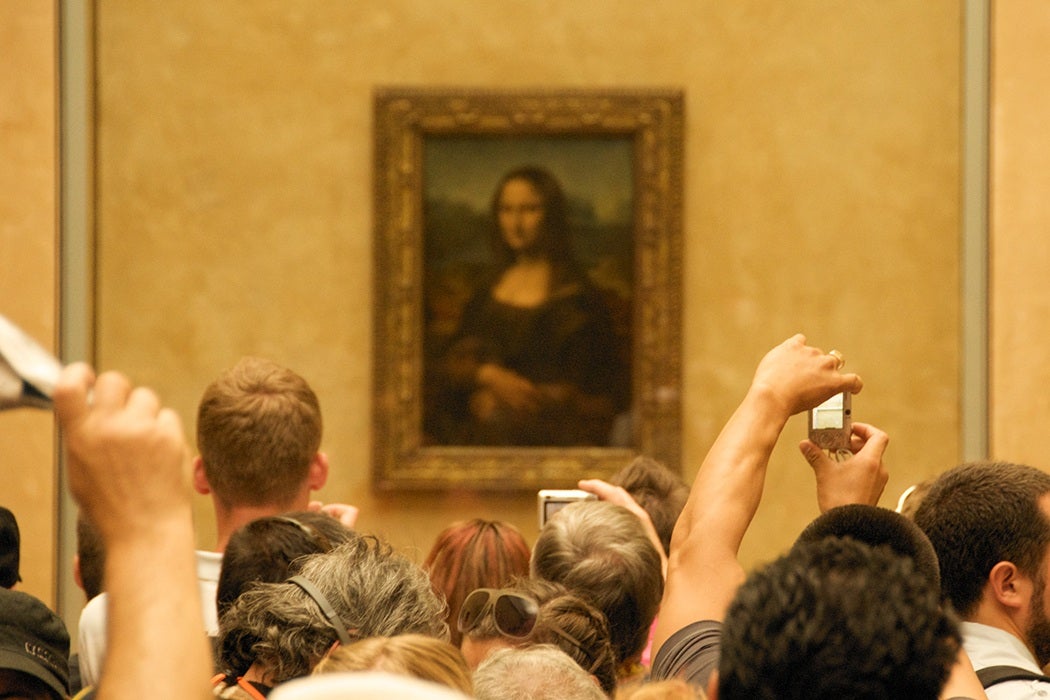Leonardo Da Vinci’s painting the Mona Lisa, also called La Gioconda, is perhaps the most famous painting in the world. Art lovers believe that it’s the painting’s beauty and artistic merit that make it so popular. But it’s also likely that the mystery surrounding the identity of the sitter, and the 1911 theft and subsequent conspiracy theory are what have catapulted the piece into the popular imagination.
The Mona Lisa was commissioned by wealthy cloth merchant Francesco del Giocondo in the early 1500’s. The mysterious woman in the painting is in fact Giocondo’s wife, Lisa Gherardini. For some reason, however, the Florentine merchant never received his wife’s portrait. Instead, Da Vinci took the unfinished piece with him to France, having been invited to visit by the King of France himself. Francis I decided to buy the painting, presumably for more than the Giocondos had originally offered, and it remained in the possession of the rulers of France until after the French revolution, when it was relocated to the Louvre Museum. It has remained in the museum’s possession ever since—with the exception of two very important years.
In 1911, an Italian employee at the Louvre, Vincenzo Perugia, stole the Mona Lisa by slipping the painting under his clothing in the middle of the night and simply walking out of the museum the next day. The location of the famous artwork remained unknown until 1913, when Perugia contacted Italian art dealer Alfredo Geri offering to bring the Mona Lisa to Florence in exchange for a reward from the Italian government. Apparently Perugia believed that the painting had been stolen from Florence by Napoleon and that he was doing his patriotic duty by returning it to its true home in Italy.
This two year absence made all the difference for the Mona Lisa‘s popularity. Immediately after the theft, newspapers around the world reprinted pictures of the famous painting and speculated as to its whereabouts. Even after its return speculation continued. Where had Perugia kept the painting and why did he keep it for so long? Why, after getting away with the theft, had he simply offered it back to Italy for the relatively low price of 500,000 lire?
Weekly Newsletter
Many people questioned whether or not the painting had ever been missing at all and chalked the whole thing up to an attempt to drum up interest in the piece. One of the lingering theories is that during the two years that the painting was in his possession, Perugia had made a copy of the painting, either keeping the original for himself or selling to a wealthy buyer for their private collection. This theory was strengthened by the fact that a well-known forger and art thief named Eduardo de Valfierno admitted to being the mastermind behind the Mona Lisa’s theft. Valfierno claimed that the main purpose of the theft was to create multiple forgeries of the famous painting and sell them to unsuspecting art collectors and that Perugia had double crossed him by returning the painting to Italy.
There is no evidence that Valfierno’s tale is anything but the product of his own imagination. Even after multiple expert authentications of the painting, the mystery surrounding the Mona Lisa’s authenticity and meaning persists.







